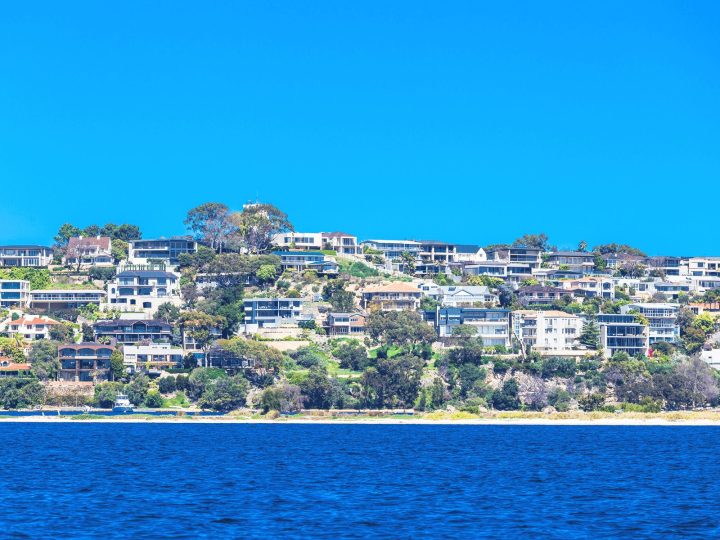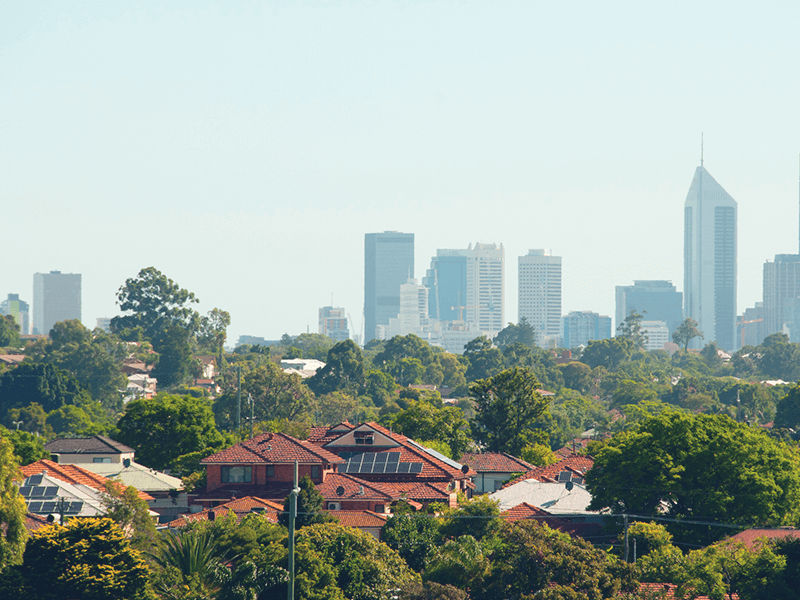October 6th, 2022
5 questions first-time Property Investors should ask
First time investors
Market insights

As we delve into 2025, the Australian property market continues to evolve, presenting a complex landscape of opportunities and challenges. Understanding the key trends shaping the market is crucial for investors seeking to maximise their returns. In this blog post, we’ll explore six key trends that are likely to influence the Australian property market in 2025.
Refinancing remains a strategic tool for property investors seeking to optimise their mortgage portfolios. By refinancing your mortgage, you can potentially:
While the overall property market may be slightly cooling, refinancing activity is expected to remain strong. Homeowners may seek to refinance their mortgages to secure lower interest rates or access equity for home improvements or investments.
The Australian Bureau of Statistics (ABS) data shows a recent peak in refinancing activity in March 2023, with $21 billion in mortgage debt refinanced. While this has since stabilised at around $16 billion per month, it still represents a significant portion of new lending.
As fixed-rate loans from the pandemic era mature, homeowners may consider refinancing to take advantage of lower interest rates and reduce their monthly repayments. This looks favourable as the potential for interest rate cuts appears to be increasing.
As interest rates fluctuate, staying informed about refinancing opportunities could provide significant financial benefits. However, it’s essential to weigh the potential costs and benefits carefully, considering factors such as fees, closing costs and the impact on your long-term financial goals.
The Perth property market appears to be on an upward trajectory, emerging as a strong investment destination driven by factors such as economic growth, job creation and increased migration.
The city’s strong mining industry, coupled with a growing population, has led to increased demand for housing, particularly in the suburbs. Median house prices are expected to rise further in 2025, with an estimated growth of 6-8%. Particular Perth suburbs expecting growth are Bassendean, Bayswater, East Victoria Park, Edgewater, Mandurah, Mount Lawley, Scarborough and West Leederville.
Investors should consider the following factors when investing in Perth’s property market:
The future of the Perth property market appears to hold immense promise for buyers and investors willing to adapt to its evolving landscape. By staying informed and adopting strategic approaches, you can make the most of the opportunities that 2025 has to offer.

Despite short-term market fluctuations, Australia’s housing market is expected to exhibit steady growth over the next year and long term. Domain’s 2025 Forecast Report predicts a 4-6% increase in average house prices across Australia next year.
Domain’s forecast aligns closely with those of Australia’s major banks. NAB anticipates a 4.2% increase in home values across capital cities, while Westpac forecasts a 3% rise. CBA predicts a 5% increase and ANZ estimates a 5-6% growth in home values nationwide.
Several factors contribute to this positive outlook, including strong population growth, and increasing demand from first-home buyers and investors.
However, it’s important to note that property prices can vary significantly across different regions and property types. Conducting thorough market research and consulting with real estate professionals can help you make informed investment decisions.
By 2033, Sydney’s population is projected to exceed 9 million, driving intense demand for housing. Sydney’s property market experienced steady growth in 2024, albeit at a more moderate pace compared to previous years. In September, property values increased by 0.2%, resulting in an annual growth rate of 4.5%.
To capitalise on this growth, investors could consider areas with high population growth and infrastructure upgrades, such as Randwick and Coogee, which offer top schools, recreational facilities and green spaces, making them popular with families and attracting long-term capital growth.
These affluent coastal suburbs boast beautiful beaches and convenient access to the city centre.
Key factors driving investment interest in these suburbs include:
While the number of properties listed for sale has increased, demand remains strong, supported by both buyer and seller confidence. Many buyers are optimistic about potential interest rate cuts, which could boost their purchasing power by increasing borrowing capacity.

Despite a challenging economic climate marked by high interest rates, a cost of living crisis, low consumer sentiment and declining savings rates, first-home buyers have remained resilient. Since August 2022, first-home buyer finance has steadily increased as a proportion of all owner-occupied finance, surpassing the decade average and reaching 29.2%.
While the overall value of first home buyer finance has increased, it’s important to consider the actual number of loans. Average loan sizes for all owner-occupiers have risen, which may have contributed to the increase in overall finance value.
First-home buyers are increasingly entering the market, with new home loan commitments for owner-occupier first-home buyers surging 12.8% in July 2024, compared to the previous year. This surge may reflect growing confidence among first-home buyers, who now represent a larger share of overall loans.
A combination of favourable market conditions, including slower property price growth, supportive government schemes, increased property listings, a stable job market and the potential for interest rate cuts, is providing opportunities for first-home buyers to enter the market.
This increased demand can stimulate the market and potentially push up property prices, creating opportunities for investors. However, the impact of first-home buyers on the market can vary across different regions. In some areas, strong demand may lead to increased competition and higher prices, while in others, it may create opportunities for investors to secure properties at competitive prices.
As environmental consciousness grows, sustainable housing is gaining significant traction, with Australian households increasingly embracing sustainable choices. The nation boasts the world’s highest uptake of rooftop solar, with nearly 3.2 million installations covering approximately 30% of all homes as of June 2022. Additionally, stricter building regulations are driving changes in new home construction, including increased insulation, double-glazed windows and lighter-coloured roofs to reduce future household emissions.
Beyond construction, households are adopting energy-efficient appliances, water-saving technologies and heating and lighting solutions. Banks are also supporting sustainable housing with green mortgage options, while energy retailers offer renewable and carbon offset products for environmentally conscious consumers.
Investing in sustainable properties contributes to a greener future and yields higher returns. The Australian Housing Outlook believes investing in sustainable and resilient features can significantly enhance a property’s value. Numerous studies consistently demonstrate that energy-efficient homes are valued 5% to 10% higher than comparable properties, even after accounting for specific property attributes.

The Australian property market in 2025 offers a diverse range of investment opportunities. By understanding the key trends shaping the market, conducting thorough research and working with experienced professionals, investors can navigate the complexities of the market and achieve their financial goals. Remember to stay informed, adapt to changing market conditions and seek expert advice to make informed investment decisions.
Disclaimer: This guide is intended to provide general information and should not be considered professional financial or legal advice. It is essential to consult with qualified professionals to assess your specific circumstances and make informed decisions.